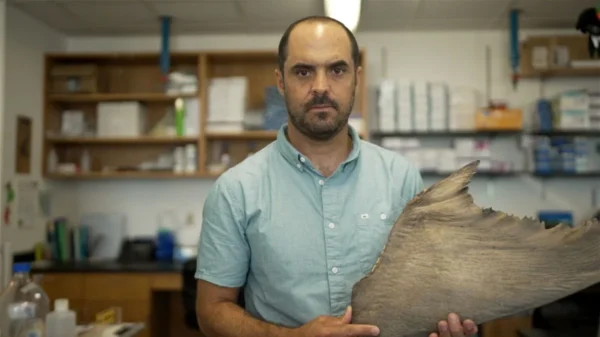Forestry plays a crucial role in our economy and environment, but it also has the potential to cause significant damage if not managed properly. That’s why low-impact forestry techniques have become increasingly important in recent years.
What is Low-Impact Forestry?
Low-impact forestry refers to a set of practices that minimize the negative impact on the environment while still allowing for the sustainable harvesting of timber. These techniques aim to protect soil, water quality, and wildlife habitats, while also promoting the long-term health and productivity of the forest.
The Benefits of Low-Impact Forestry
Low-impact forestry offers a range of benefits, both for the environment and for the forestry industry. By reducing soil erosion and protecting water quality, these techniques help to preserve the delicate balance of ecosystems. They also help to maintain biodiversity and protect the habitats of endangered species.
In addition to the environmental benefits, low-impact forestry can also improve the profitability of forestry operations. By carefully planning and executing harvesting activities, forest owners can maximize yields while minimizing costs. This approach not only benefits the bottom line but also ensures the long-term sustainability of the industry.
The Latest Techniques
There are several innovative techniques being used in low-impact forestry today. One such technique is selective logging, which involves carefully choosing which trees to harvest to minimize the impact on the surrounding forest. This approach allows for the regeneration of the forest and the preservation of important ecological features.
Another technique gaining popularity is the use of specialized equipment designed to reduce soil compaction and minimize damage to the forest floor. This equipment, such as low-ground-pressure harvesters and forwarders, helps to protect the soil structure and prevent erosion.
Furthermore, the adoption of technology, such as Geographic Information Systems (GIS) and remote sensing, has greatly improved the planning and monitoring of forestry activities. These tools enable foresters to make informed decisions and track the impact of their operations in real-time.
Conclusion
Low-impact forestry techniques are essential for ensuring the long-term sustainability of the forestry industry and the preservation of our natural resources. By minimizing the negative impact on the environment, these practices help to protect ecosystems, maintain biodiversity, and promote the responsible use of our forests.




































